If you're a new teacher, it can be hard to know how formally to dress. A lot depends on your particular school's atmosphere and dress code, but you can still make a good guess in picking your outfits. The key is to remain professional and a little bit formal, without going overboard.
Steps
Picking Outfits
-
Get a feel for the atmosphere at your school. Some schools are much more formal than others, so it helps to know how your fellow teachers, administrators, and even the students are going to dress before you pick your outfits. For example, teachers will likely dress more formally in a private school with a uniform and strict dress code than they will in a more loose public school setting where the kids dress very casually, too.
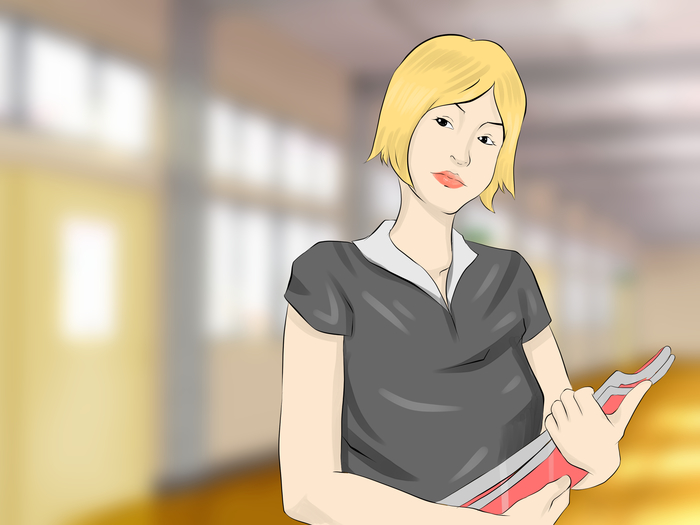
-
Consider the age and stage of your students. A teacher has to dress far differently to teach preschool, compared to high school. Are you going to be doing art projects, changing diapers, and getting messy? If so, a more casual look is warranted. Are you going to be teaching AP classes and meeting with parents to discuss student progress? Then a more formal look is a good idea.
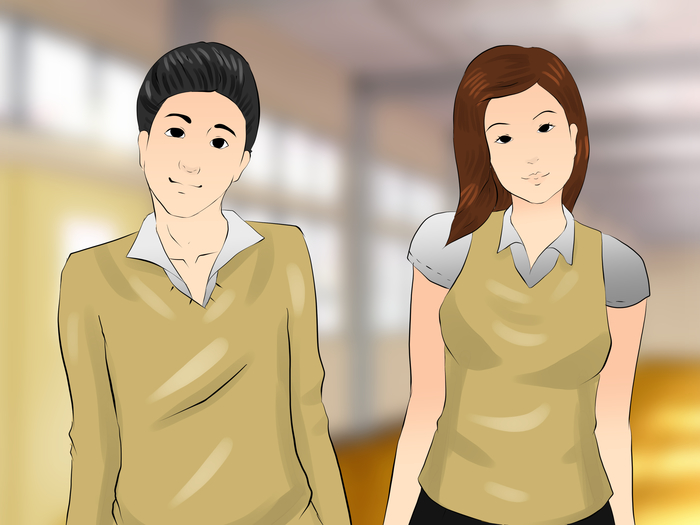
-
Wear slacks or a skirt, if in doubt. Most schools these days are okay with teachers wearing jeans; however, if you're in doubt, a pair of dark or beige slacks or a fairly professional skirt is never a bad idea.
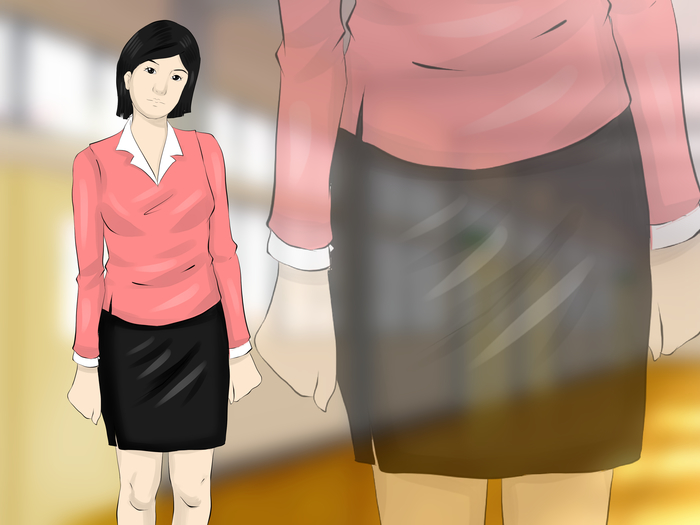
- If you do wear jeans, make sure they're on the formal side of the spectrum. Avoid jeans with holes, patches, or lots of fading, and stick to dark and more conservative styles. Leave the sagging to your students.
-
Pick out a blouse or a dress shirt, to be safe. Again, most school are okay with teachers wearing t-shirts. However, if the school is new to you, and if you want to project an air of professionalism and stand out from your students, picking a nice blouse or shirt is a good idea. You probably don't need to bother with a dress or a blazer and tie, but find the middle ground on formality, depending on what's normal at your school.
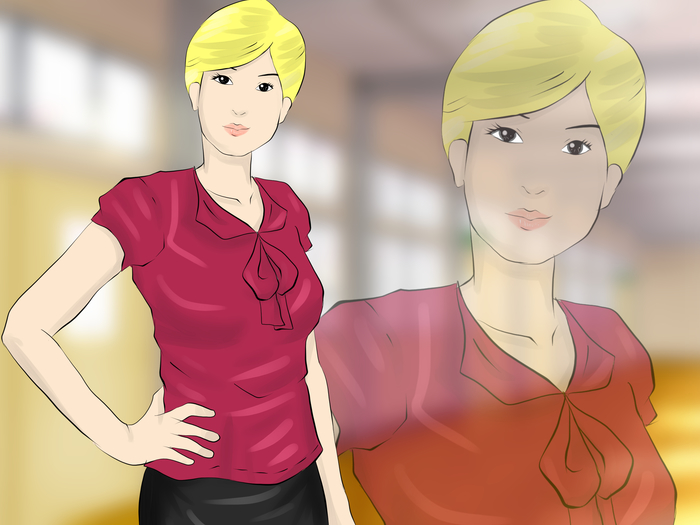
- If you do wear t-shirts, make sure any slogans and logos are school-appropriate. You're setting the standard for students, so avoid anything that anyone might find offensive.
-
Consider bringing a cardigan or sweater. Many school have air-conditioning that can result in cold classrooms and meeting rooms! Bringing along a cover-up that suits the formality of your outfit is a good idea.
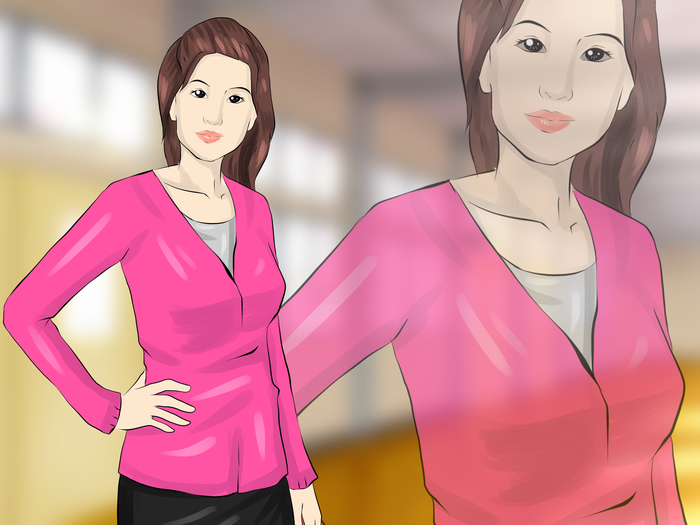
-
Pick shoes that go with the outfit. Avoid sneakers unless you're doing a "dressed down" look with jeans. They do not look presentable with pants like slacks for men or women, so if you're going for a more professional vibe, wear some "business casual" loafers or flats.

- Avoid heels for most teaching positions; it generally seems over-the-top, and heels are a bad idea if you're working with young kids and need to be able to move and react quickly.
-
Keep in mind exceptions. There are some exceptions to the guidelines - for example, if you're a gym teacher and coach, you can probably wear sweatpants or a track suit. You can also wear sneakers.
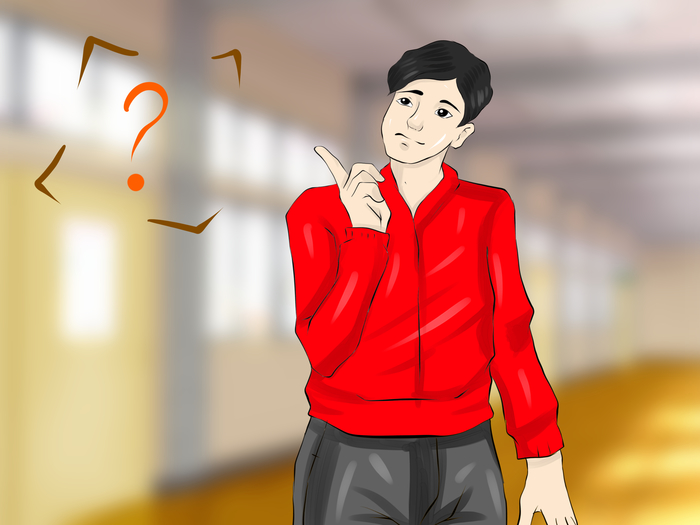
- If you're a preschool or kindergarten teacher, that's another reason to go more informal. If you're going to be painting and playing with play dough all day, avoid formal clothing that will stop you from participating fully with your students. Parents will understand your being less dressed up in that setting, since being willing to "get dirty" makes you a more interactive and fun teacher!
-
Dress up more when the occasional calls for it. If you're doing Back to School Night or hosting parent conferences, it doesn't hurt to dress up just a little more formally. You're meeting parents and want to make a good impression. Plus, some of them might be coming from very formal work settings; you'll seem more professional to them if you dress it up a little bit, sticking with skirts/slacks and maybe adding a blazer or jacket to your look.
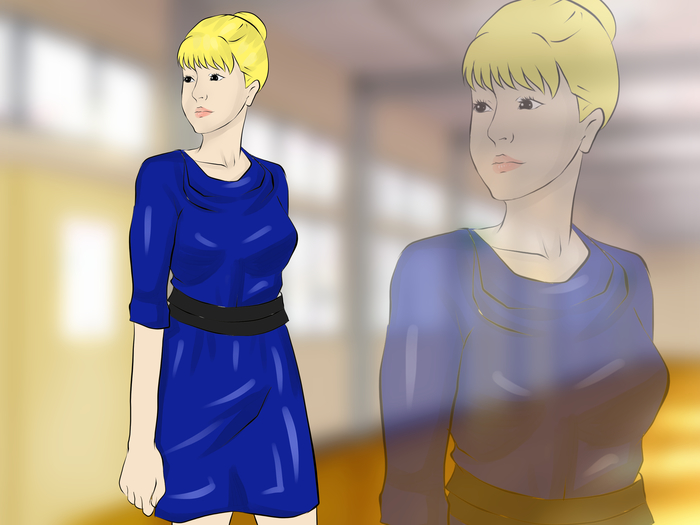
Doing Your Hair
-
Pick a professional style. The choice is easier for men with short hair or women with one go-to style (like a bob haircut). If you have longer hair, try to keep it tamed and professional, but avoid a big up-do or something that might look either too youthful (like your students) or too glamorous.
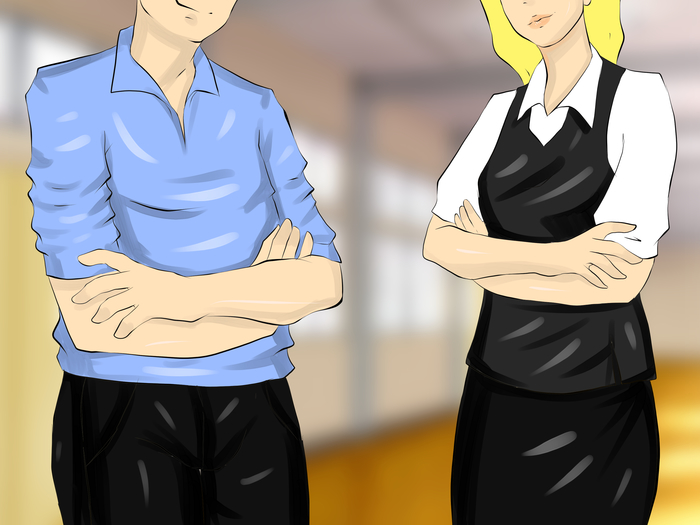
-
Tame your locks. Your hair can be loose or in a bun, or you can even keep it down, as long as it doesn't get in your way. You can do a ponytail; just avoid anything that looks like you think you're attending the Oscars or a ballroom dance. Keep it professional but not too glamorous.
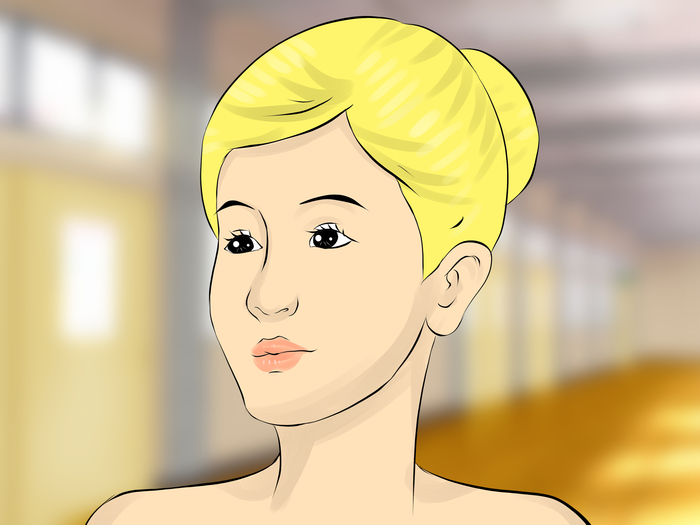
-
Avoid any style elements that make you seem young. You want to project an air of professionalism and stand apart from your students; this can be particularly difficult if you're a young teacher. To keep things professional, avoid using bright hair dye or adding feathers or other vibrant hair accessories. It's best to keep things simple.
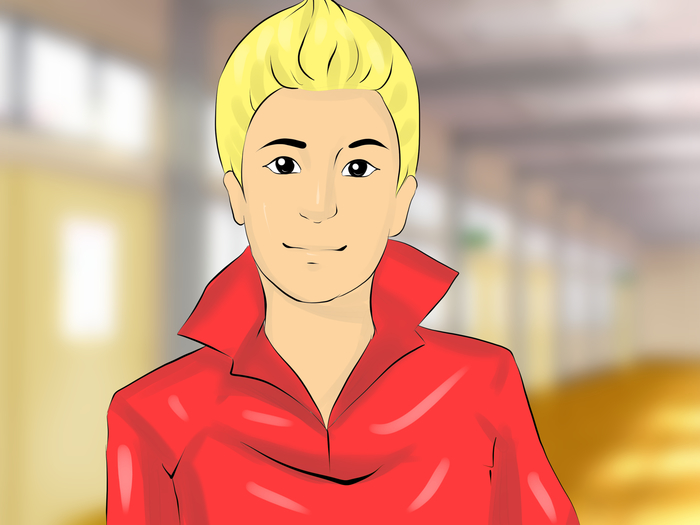
Warnings
- Stick to any set dress code. Even if the school doesn't have set rules for teachers, it's a good idea to make sure your outfits comply with the student dress code, too.